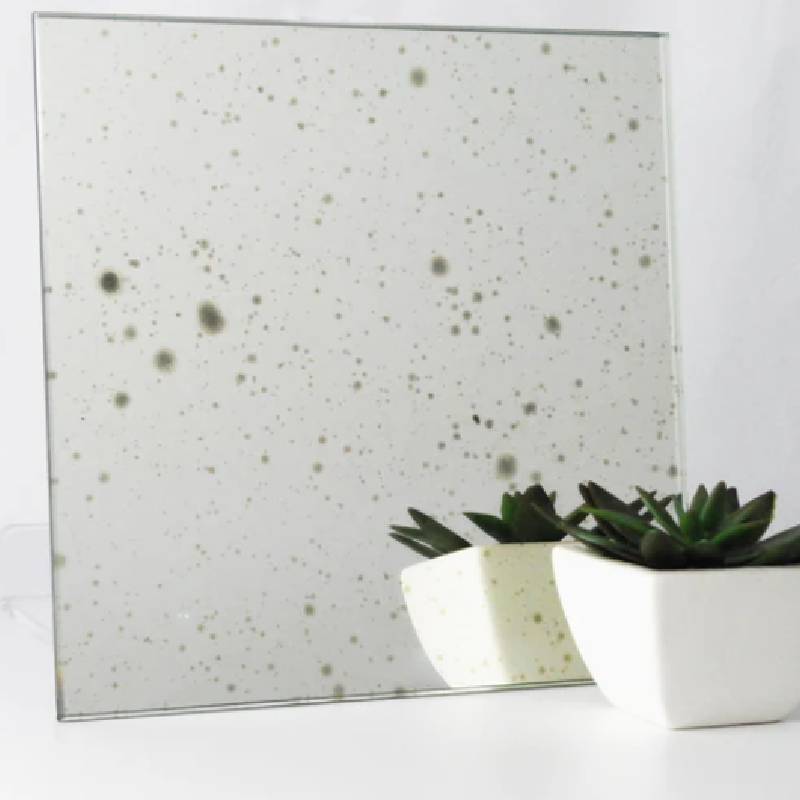Understanding Tempered Glass Types and Characteristics
Tempered glass, also known as toughened glass, has become a staple in modern architecture and design due to its strength, safety, and aesthetic appeal. It is processed through controlled thermal or chemical treatments to increase its strength compared to normal glass. This glass type is commonly used in various applications, ranging from buildings to vehicle windows, due to its resilience and durability. In this article, we will explore the different types of tempered glass and their unique characteristics.
What is Tempered Glass?
Tempered glass is made by heating standard glass to over 600 degrees Celsius and then rapidly cooling it. This process creates a uniform distribution of stress within the glass, making it much stronger than untreated glass—up to five times stronger. When broken, tempered glass shatters into small, blunt pieces, minimizing the risk of injury. This characteristic sets tempered glass apart from regular glass, which can shatter into sharp shards.
Types of Tempered Glass
1. Clear Tempered Glass
Clear tempered glass is the most common type used in residential and commercial settings. This pure, transparent glass is ideal for applications where transparency and visibility are essential, such as in windows, glass doors, and shower enclosures. Its strength and clarity make it a preferred choice for both private homes and high-rise buildings.
2. Frosted Tempered Glass
Frosted tempered glass is created by sandblasting or acid etching clear tempered glass to create a translucent effect. This type of glass allows light to pass through while obscuring visibility, making it perfect for spaces requiring privacy, like bathrooms or meeting rooms. The aesthetic appeal of frosted glass adds a modern touch to interior designs while still providing functional benefits.
3. Laminated Tempered Glass
tempered glass types
Laminated tempered glass consists of two or more layers of tempered glass bonded together with an interlayer (usually made of polyvinyl butyral or PVB). This type offers enhanced safety and security since even if the glass breaks, the interlayer holds the shards together, preventing them from falling. Laminated tempered glass is commonly used in skylights, glass facades, and soundproofing applications due to its sound-dampening capabilities.
4. Colored Tempered Glass
Colored tempered glass is produced by adding pigment during the manufacturing process. It is available in various colors and can be used for decorative purposes, providing a unique and vibrant look to glass panels, partitions, and facades. In addition to aesthetics, colored tempered glass offers the same strength and safety characteristics as clear tempered glass, making it a stylish yet reliable choice.
5. Low-E Tempered Glass
Low-Emissivity (Low-E) tempered glass is a type that has been treated with a special coating that reflects infrared light while allowing visible light to pass through. This treatment improves energy efficiency by reducing heat transfer, making it an excellent choice for windows in energy-efficient buildings. Low-E tempered glass helps maintain comfortable indoor temperatures while minimizing heating and cooling costs.
6. Reflective Tempered Glass
Reflective tempered glass has a coating that reflects solar radiation, which reduces glare and heat inside buildings. This type of glass is often used in commercial buildings to enhance energy efficiency and improve comfort for occupants. It is also a popular choice for outdoor applications, as it can enhance the aesthetic appeal of structures while providing privacy and security.
Conclusion
Tempered glass is crucial in modern construction and design, offering a blend of safety, strength, and aesthetic appeal. With various types available, each serving unique purposes, it's essential to choose the right kind of tempered glass for specific applications. Whether for privacy in residential spaces, energy efficiency in commercial buildings, or durability in public structures, tempered glass continues to be a preferred material, showcasing how functionality and design can coexist harmoniously. Understanding the different types of tempered glass enables architects, builders, and homeowners to make informed decisions that enhance both the beauty and safety of their environments.
 Afrikaans
Afrikaans  Albanian
Albanian  Amharic
Amharic  Arabic
Arabic  Armenian
Armenian  Azerbaijani
Azerbaijani  Basque
Basque  Belarusian
Belarusian  Bengali
Bengali  Bosnian
Bosnian  Bulgarian
Bulgarian  Catalan
Catalan  Cebuano
Cebuano  Corsican
Corsican  Croatian
Croatian  Czech
Czech  Danish
Danish  Dutch
Dutch  English
English  Esperanto
Esperanto  Estonian
Estonian  Finnish
Finnish  French
French  Frisian
Frisian  Galician
Galician  Georgian
Georgian  German
German  Greek
Greek  Gujarati
Gujarati  Haitian Creole
Haitian Creole  hausa
hausa  hawaiian
hawaiian  Hebrew
Hebrew  Hindi
Hindi  Miao
Miao  Hungarian
Hungarian  Icelandic
Icelandic  igbo
igbo  Indonesian
Indonesian  irish
irish  Italian
Italian  Japanese
Japanese  Javanese
Javanese  Kannada
Kannada  kazakh
kazakh  Khmer
Khmer  Rwandese
Rwandese  Korean
Korean  Kurdish
Kurdish  Kyrgyz
Kyrgyz  Lao
Lao  Latin
Latin  Latvian
Latvian  Lithuanian
Lithuanian  Luxembourgish
Luxembourgish  Macedonian
Macedonian  Malgashi
Malgashi  Malay
Malay  Malayalam
Malayalam  Maltese
Maltese  Maori
Maori  Marathi
Marathi  Mongolian
Mongolian  Myanmar
Myanmar  Nepali
Nepali  Norwegian
Norwegian  Norwegian
Norwegian  Occitan
Occitan  Pashto
Pashto  Persian
Persian  Polish
Polish  Portuguese
Portuguese  Punjabi
Punjabi  Romanian
Romanian  Russian
Russian  Samoan
Samoan  Scottish Gaelic
Scottish Gaelic  Serbian
Serbian  Sesotho
Sesotho  Shona
Shona  Sindhi
Sindhi  Sinhala
Sinhala  Slovak
Slovak  Slovenian
Slovenian  Somali
Somali  Spanish
Spanish  Sundanese
Sundanese  Swahili
Swahili  Swedish
Swedish  Tagalog
Tagalog  Tajik
Tajik  Tamil
Tamil  Tatar
Tatar  Telugu
Telugu  Thai
Thai  Turkish
Turkish  Turkmen
Turkmen  Ukrainian
Ukrainian  Urdu
Urdu  Uighur
Uighur  Uzbek
Uzbek  Vietnamese
Vietnamese  Welsh
Welsh  Bantu
Bantu  Yiddish
Yiddish  Yoruba
Yoruba  Zulu
Zulu 

